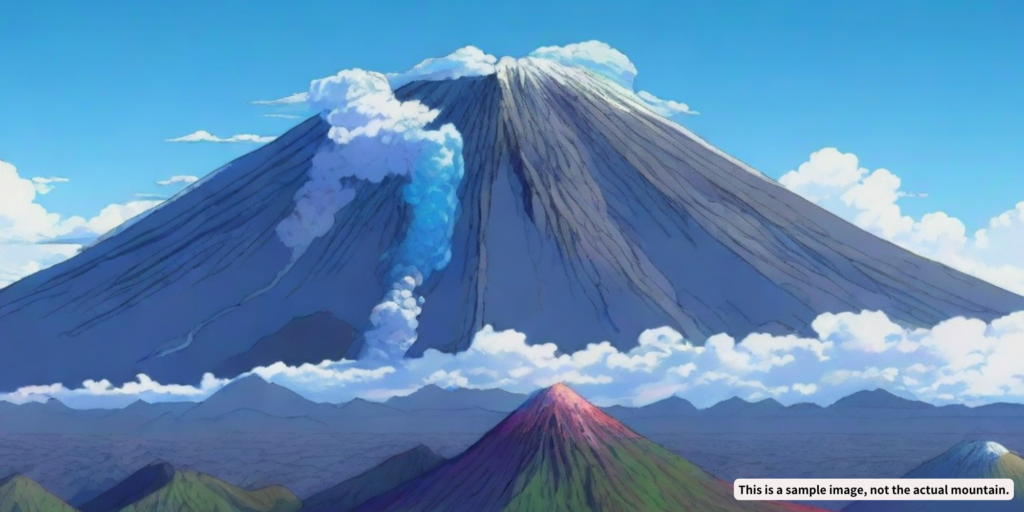Mt. Asama

Mount Asama (Asama-yama), rising to an elevation of 2,568 meters, is a stratovolcano with a complex structure, spanning the border between Gunma and Nagano Prefectures. It lies within the Joshin'etsu Kogen National Park and is one of Japan's most notable active volcanoes. Positioned east of Mount Takamine, part of the Eboshi Volcano Group, Mount Asama is known for its distinct silhouette.
The volcanic activity of Mount Asama is robust, with a history punctuated by significant eruptions, the most infamous being the great eruption in 1783 during the Tenmei era. This eruption produced widespread pyroclastic flows and created a massive lava flow known as "Onioshidashi," which extends 5 kilometers long and 1.5 kilometers wide.
Mount Asama is not only a popular destination for mountaineers but also a site of Shugendo, a Japanese mountain ascetic practice. Historical sites such as the Asama Shrine in Karuizawa's Oiwake area and the meditation cave (Zazen-kutsu) at Mount Sekisonzan remain as testimonies to its spiritual significance. The area is also celebrated for its rich biodiversity, hosting a variety of birds, small mammals, and even alpine butterflies.
There are several hiking routes to explore Mount Asama. From Karuizawa, it takes about 3 hours and 20 minutes starting from Mine-no-Chaya. From Komoro, the ascent from Asama Sanso to Mount Maekakeyama also takes around 3 hours and 20 minutes. From the Karasawa Pass, it's approximately 1 hour and 30 minutes to reach Mount Kurofu. There is also a trail from Mout Kurofu to Mount Maekake, but due to minor eruptions in 1983 and a re-eruption in 2004, certain trails have continued restrictions. Therefore, climbers must check the latest updates from the Mount Asama Volcano Disaster Prevention Council before embarking on their journey.
*Before heading out on a hike, make sure to stay updated with the latest information on trails and other important details.
